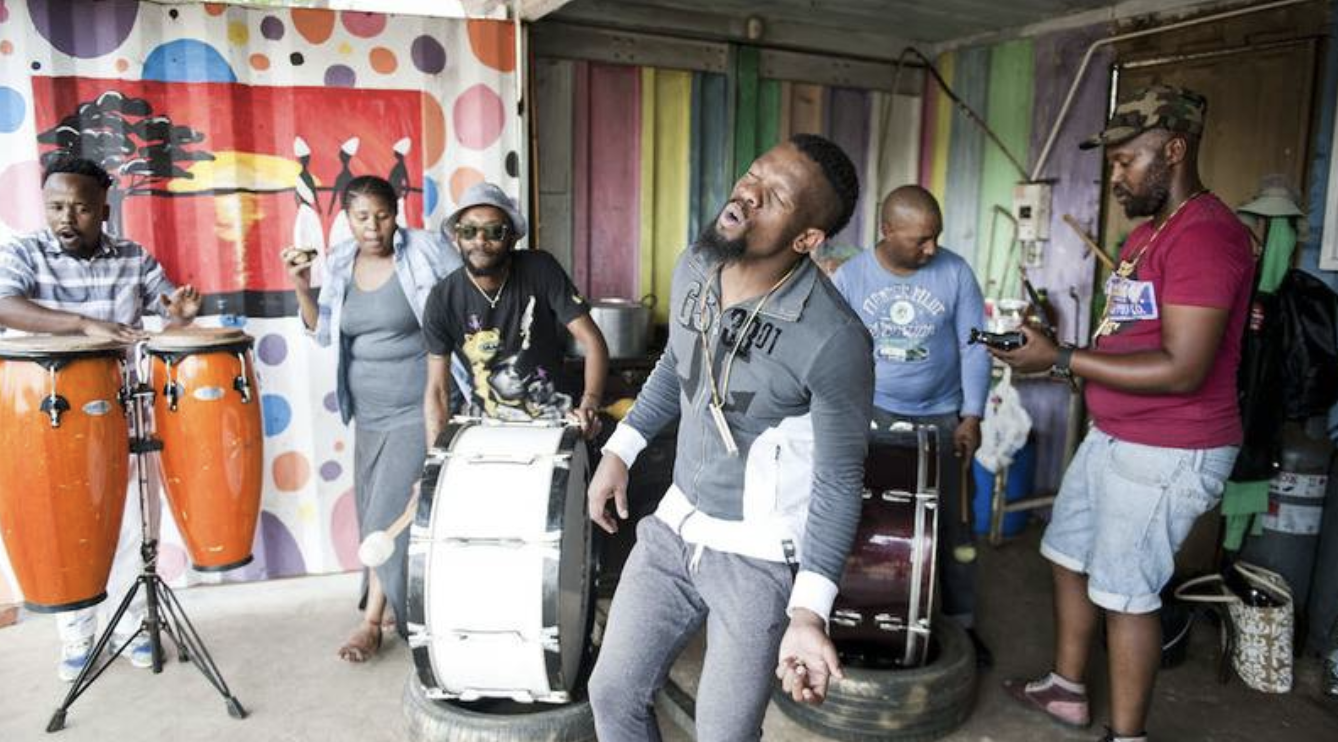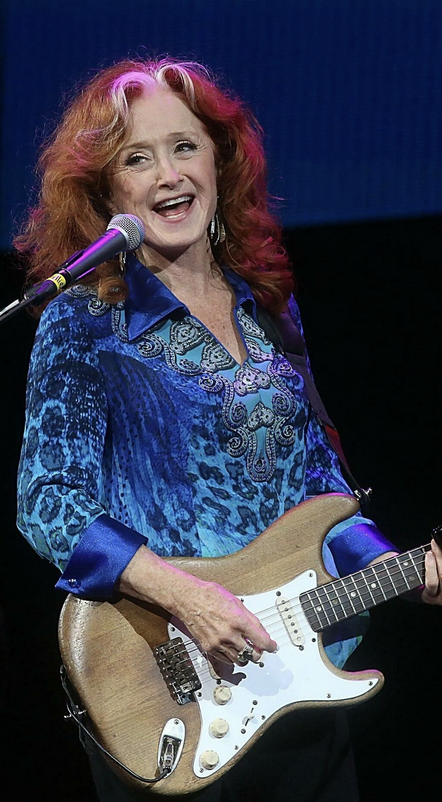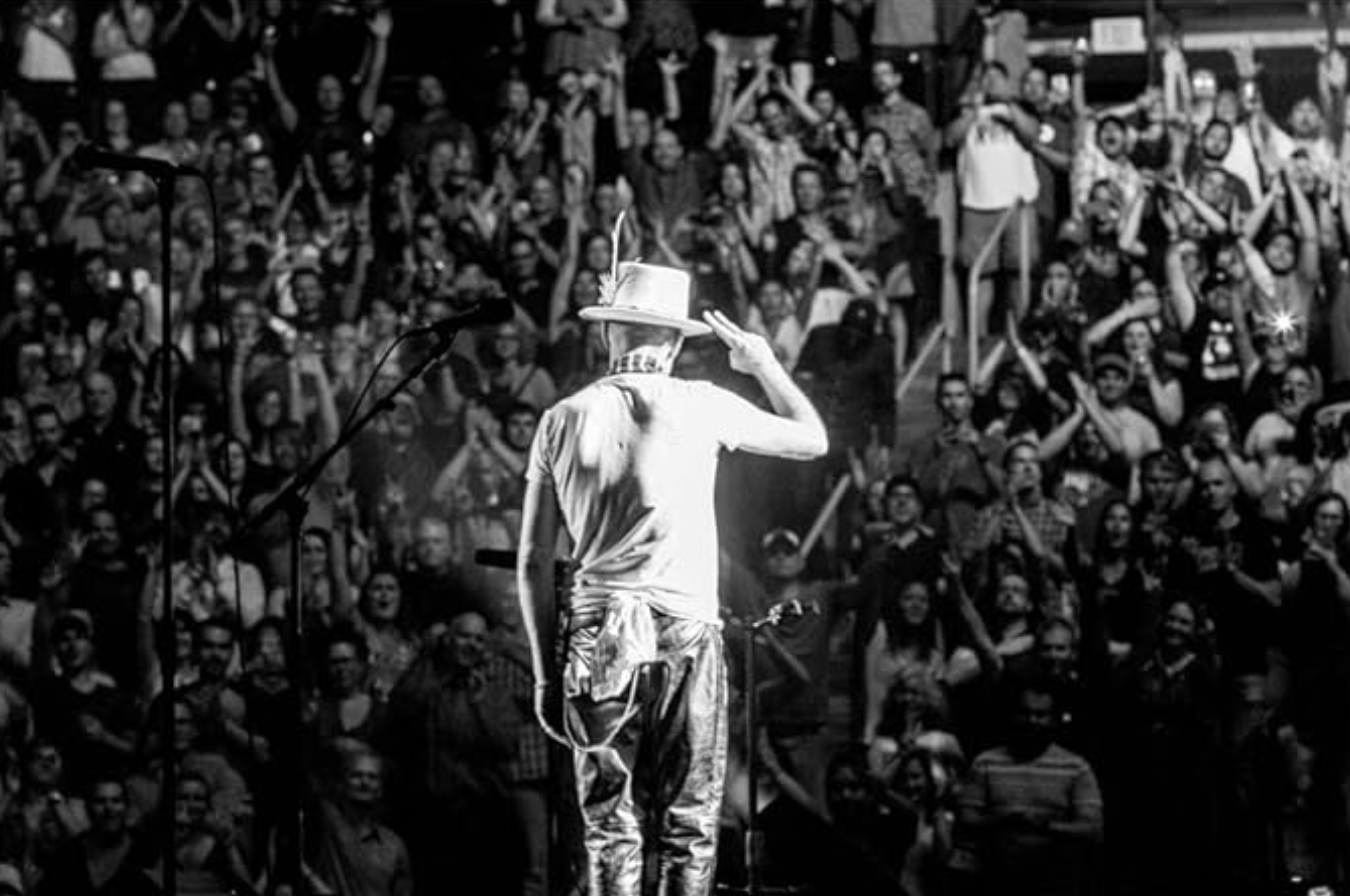RYUICHI SAKAMOTO
• A 28-song Playlist
• The album 12

- KURATED PLAYLIST: 28 songs on YouTube and Spotify
- PLAYLIST: 12 on YouTube and Spotify
- More resources below…

Ryuichi Sakamoto (Zakkubalan Photo)
IN THE END: RYUICHI SAKAMOTO
Technopop pioneer, soundtrack virtuoso and ambient music master leaves a vast legacy of innovation
The melancholy which pervades Ryuichi Sakamoto’s 12 is evermore poignant as it became his final album release before his death in March. Delicate and sombre he called the collection a “sound diary” of the difficult 13-month struggle with cancer that eventually took his life. Each song is simply named with the date it was taped.
“I open my ears to the world,” said Sakamoto describing his musical method. He listened broadly and heard much. Few artists claim as many genres or shared creativity with a plethora of fellow musicians and such sweeping influence.
At the start
Sakamoto’s almost five decades of recording started in 1978 with Japan’s pioneering technopop band Yellow Magic Orchestra along with the solo work he maintained all his life. It was Sakamoto’s soundtrack compositions that first earned him prominence. He’s best known for the Academy Award-winning soundtrack for Bernardo Bertolucci’s The Last Emperor (1987) which he cowrote with David Byrne and Cong Su. Sakamoto had a supporting role in the film. He also won acclaim for The Sheltering Sky (1990), Little Buddha (1993) and The Revenant (2015).
In the 90s Sakamoto moved to New York City where he spent the rest of his life. During that first decade he dabbled in a variety of musical genres and tapped well known artists to join in. The mainstream experimentation started with 1989’s Beauty which included classical Japanese music, rock, technopop and flamenco with Brian Wilson and Robbie Robertson appearing. For 1991’s Heartbeat Sakamoto invited John Cage, Bill Frisell, Youssou N’Dour and David Sylvian to try out rap, funk, jazz with lyrics in Russian, French and Japanese. In 1995 he offered the Latin-influenced Smoochy. The recordings during this period garnered lukewarm reviews and attention.
In the early 2000’s Sakamoto turned to experimental work much of it exploring ambient music resulting in collaborations with various artists like Alva Noto and Austrian guitarist Christian Fennesz. All said Sakamoto’s output numbers more than 20 solo works, roughly 25 collaborations, 50 soundtracks, about 10 live albums in addition to 40 EPs and singles.

The artist in his younger days with Yellow Music Orchestra
A wandering soul
“I was born in Japan but I don’t think I’m Japanese,” he said in 1988, two years before he moved to New York. “To be a stranger – I like that attitude. I don’t like nationalities and borders.”
It seems he was born with a restless and curious spirit plus the talent to express it. He learned piano before starting school, falling in love with composers like Bach and, especially, Debussy. By the time has was 11 he became enamoured with avant-garde artists American John Cage and the Greek Iannis Xenakis. When he started attending university in Tokyo he was quickly drawn to synthesizers and made his first forays into electronic music. He graduated with BA and MA degrees in studies focused on classical, world and ethnic music.

Cancer diagnoses
Sakamoto’s diagnosis with throat cancer in 2014 set a life-changing course for his last nine years. He took time away from music. Recovered from the illness, in 2017 he released the widely acclaimed ambient electronica album Async. At the same time filmmaker Stephen Nomura Schible produced Ryuichi Sakamoto: Coda (2018), an informative documentary portrait of the musician which foregrounded the making of the record. In both the film and the album Sakamoto presents as a man with a sharpened awareness of mortality.
In an April tribute piece, Pitchfork magazine writer Simon Reynolds comments on Async: “Two Async pieces brought the theme of transience into painful clarity. On Full Moon, author Paul Bowles who died in 1999, is heard reading a passage from his novel The Sheltering Sky (the movie version of which Sakamoto scored).
“Because we don’t know when we will die, we get to think of life as an inexhaustible well, yet everything happens only a certain number of times, and a very small number really.” On Life, Life Friends of Sakamoto’s from all over the world then read out Bowles’ words, each in their own language. The feeling is more radiant, a blend of defiance and acceptance.
“I was, I am, and I will be/Life is a wonder of wonders,” intones David Sylvian, reading the words of Russian poet Arseny Tarkovsky.”
In 2021 Sakamoto was diagnosed with rectal cancer which eventually spread to his lungs. In June 2022 he announced his illness was in Stage 4.
“Since I have made it this far in life, I hope to be able to make music until my last moment, like Bach and Debussy whom I adore.” he wrote in one of a series of columns titled How Many More Times Will I See the Full Moon?
His wish was fulfilled. On December 11 he live-streamed a one-hour concert made from 13 separate filmed acoustic piano recordings of songs drawn from his career. In a brief message introducing Playing the Piano 2022 he said he no longer had the energy to perform a full concert in one sitting.
His album, 12, was released on January 17, his 71st birthday. He died on March 28.

From the Dec. 11 live-stream show Playing the Piano 2022
More resources
Sakamoto’s work is ubiquitous online. Here are a few brief references to music and videos discussed above and links to excellent obituaries from The Guardian and Pitchfork
- PLAYLIST: Async – on YouTube and Spotify
The making of this album from 2017 is featured in the documentary Coda which is available on a number of streaming services - TRAILER: 2017 film documentary: Ryuichi Sakamoto: Coda
- VIDEO: Playing the Piano 2022: Message (2.30 mins)
- OBITUARIES: The Guardian and Pitchfork
- ON WIKIPEDIA: Ryuichi Sakamoto
OBITUARIES (excerpts)
THE GUARDIAN Born in Tokyo, Ryuichi was the only child of Keiko (nee Shimomura), a hat designer, and Kazuki Sakomoto, a literary editor. While attending the same progressive primary school that once taught Yoko Ono, he was already writing music for the piano with their encouragement.
The American presence in postwar Japan introduced new western influences to the country, and Sakamoto was enraptured by the Beatles and the Rolling Stones. He attended Tokyo’s University of the Arts to study music composition, and felt a strong affinity for the compositions of Claude Debussy, in which he discerned an Asian influence. However, in addition he soaked up the work of contemporary composers such as Cage, Pierre Boulez, Györgi Ligeti and Stockhausen, as well as jazz musicians including John Coltrane and Ornette Coleman.
PITCHFORK In the early 21st century, Sakamoto entered a new phase of recharged creativity, catalyzed by a new collaborator. Alongside Carsten Nicolai, better known as Alva Noto, Sakamoto made a series of brilliant ambient records that merged his own Harold Budd–esque piano with the wisps and clicks of the German producer’s sound-design: 2002’s Vrioon, 2005’s Insen, and 2011’s Summvs, featuring a surprising and lovely cover of Brian Eno’s “By This River” from Before and After Science. Sakamoto and Noto also collaborated on an impressive score for 2015’s Oscar-winning The Revenant, starring Leonardo DiCaprio.
This partnership with Noto reoriented Sakamoto’s solo work these past two decades, from the underscores he created for L.O.L. (Lack of Love) (an evolutionary life simulation game) to the aqueous wonderland of Plankton (a collaboration with a biologist and a visual artist) to his acclaimed solo album Async. Recorded after his first up-close brush with death, in the form of throat cancer, the 2017 album is Sakamoto’s Blackstar: a twilight meditation on memory and mortality. Sakamoto marshalled a unique palette largely derived from found urban sounds and prepared instruments—in one case, the “preparation” was Nature’s work: a tsunami-drowned piano, decayed and out-of-tune. These raw sonic ingredients were simultaneously textural and freighted with personal meaning, evoking the fragile preciousness of existence.
PLAYLIST
The 28 songs on this Kurated playlist feature a minute sampling of Sakamoto’s work over his almost 50-year career. They lean toward his piano and soundtrack work with a few references to some of his more accessible ambient compositions. The selections are mostly instrumental but there are vocal collaborators – David Sylvian, Taeko Onuki and Paula Morelenbaum.
On Spotify
On YouTube
https://music.youtube.com/playlist?list=PLG-pRIXeCU7eqAhGPgUrb29ddYS9eq3vQ





